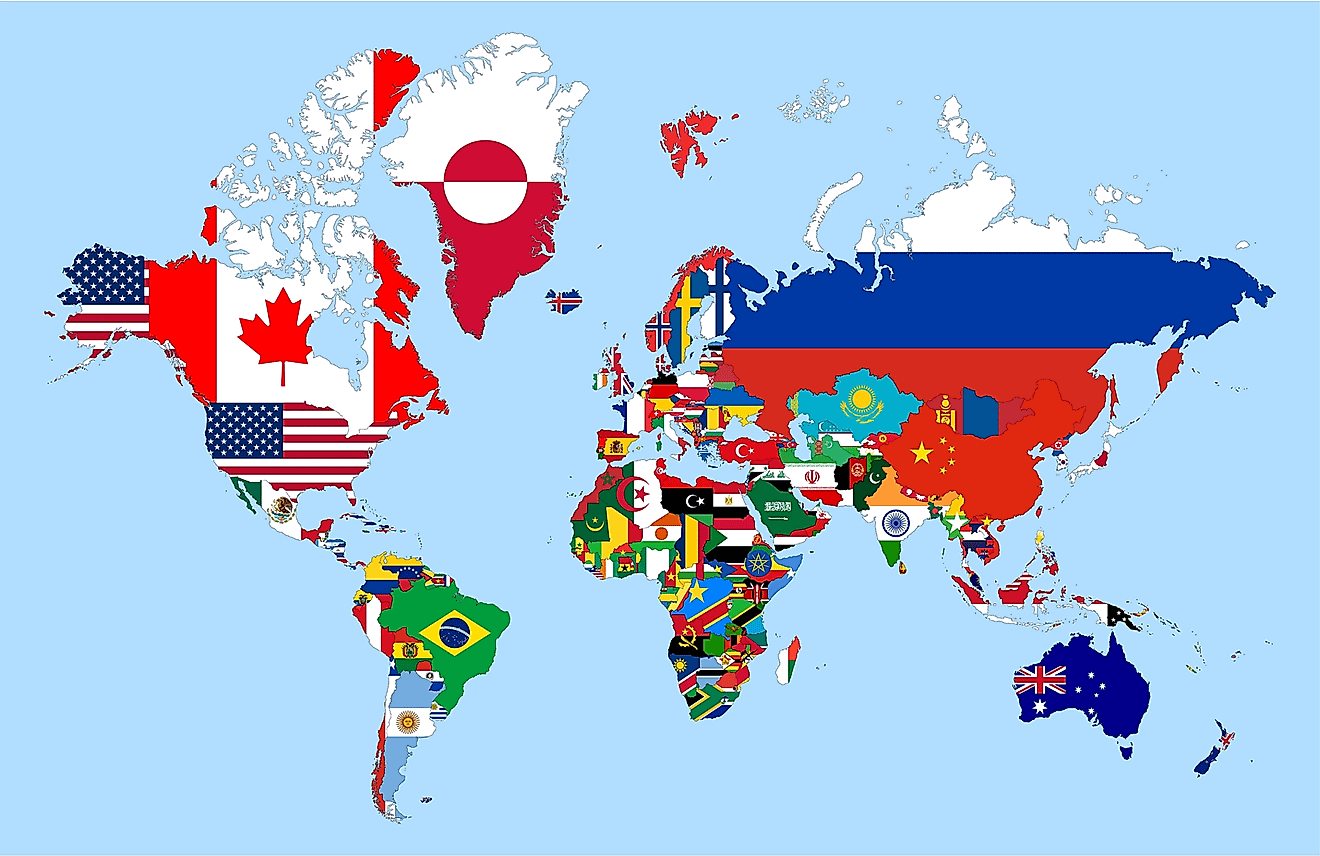
The intricacies of legislative frameworks around the globe serve as a stark testament to the diverse manifestations of governance. Governments, as they evolve, tend to proliferate in regulations and statutory enactments, creating complex webs of bureaucratic procedures. While avarice for control and the necessity of order compel nations to craft extensive legal systems, a particular curiosity arises as to which country possesses the most laws. Such inquiries reveal not only the mechanics of power but also the cultural, historical, and socioeconomic factors that underscore these legal labyrinths.
There exists an array of factors that influence the proliferation of laws within a nation. Historical precedents undoubtedly play a vital role, as countries that have experienced tumultuous political upheaval or rapid industrialization often generate extensive legal codes aimed at mitigating chaos and fostering stability. Conversely, nations characterized by prolonged periods of peace and economic homogeneity may display a more streamlined approach to legislation. Thus, an analysis of these dimensions is critical to understanding the sheer volume of laws that govern a society.
At the forefront of this discourse is the overwhelming case of the United States, oftentimes recognized for its complex legal infrastructure. With millions of legal statutes compiled at various administrative levels, the U.S. engenders both admiration and skepticism. From federal statutes enacted by Congress to state-specific laws, the breadth and depth of legal code can be overwhelming. In a myriad of cases, overlapping jurisdictions can lead to confusion and inefficiency, often placing citizens in a quagmire of regulations. The multiplicity of laws corresponds with the nation’s commitment to individual rights, yet simultaneously raises genuine concerns regarding bureaucratic overreach.
Turning towards a comparative analysis, one must examine smaller nations such as Singapore, which, despite its limited geographic and demographic confines, boasts a robust legal framework. Known for its efficient governance and stringent regulatory environment, Singapore epitomizes the juxtaposition of fervent legality and pragmatism. The complexity of its laws is driven not only by economic aspirations but also by a societal ethos that values discipline and order. Such attributes are particularly compelling as they foster an environment conducive to business, attracting international investments while ensuring civic compliance.
The European Union (EU) presents another fascinating case study in bureaucratic complexity. Comprising twenty-seven member states, the EU is governed by an intricate apparatus of laws designed to harmonize regulations across various jurisdictions. This supranational governance structure reflects a blend of collaborative aspirations and regulatory necessity, yielding a plethora of directives and regulations that, while aimed at fostering unity, can often render the landscape bewilderingly intricate. The EU’s attempts to establish a common market and facilitate free movement of goods, services, and individuals reinforces the overarching theme of bureaucracy intertwined with the aspirations of integration.
In stark contrast to the predicaments of the United States and the EU, countries with less extensive legal codes offer intriguing insights into alternative bureaucratic models. Scandinavia presents an admirable example; nations like Sweden and Norway have pursued progressive social policies that underscore egalitarian principles while simultaneously maintaining minimalist legal frameworks. This approach curtails the ramifications of excessive legislation, enabling governance that emphasizes responsiveness over rigidity. Such nations prioritize the welfare of their citizens through inclusive policies rather than an overwhelming number of statutes.
Digging deeper into the socio-economic drivers of legal proliferation reveals the anxious need for regulations that govern emerging sectors. As globalization fosters new industries, countries often feel compelled to legislate in areas such as technology, intellectual property, and environmental regulations. This reactive paradigm engenders a further increase in the legal literature, as outdated laws must also be amended or abolished to accommodate breakthroughs. Consequently, a dynamic legal system becomes essential to safeguard public interest while being adaptable to rapid changes.
As one navigates the labyrinth of laws in various countries, the propensity for bureaucracy emerges as both a virtue and a vice. Countries laden with legal intricacies often face challenges of compliance and enforcement, leading to questions regarding efficacy and justice. Moreover, the sheer volume of laws may breed disengagement among citizens, who find navigating this labyrinthian framework daunting and insurmountable. Accordingly, it is critical for modern governments to strike a delicate balance—between ensuring regulatory oversight and fostering an environment of empowerment for the citizenry.
In conclusion, the quest to ascertain which country deploys the most prolific legal framework delves deeper than mere statistics. It encapsulates the ongoing negotiation between governance and citizenry, the historical context enveloping legal evolution, and the cultural undercurrents that shape societal norms. Whether one views extensive laws as a safeguarding measure or an impediment hinges on the context and the perspective one assumes. Ultimately, the fascination with bureaucratic complexity transcends the numbers, inviting a reflection on the intricate interplay between law, power, and the lives they govern.
